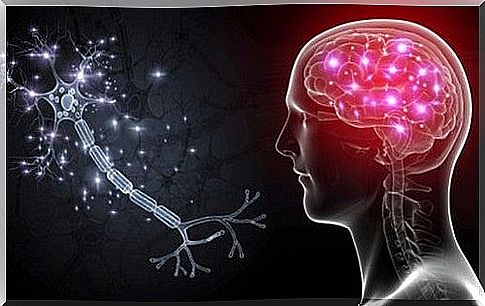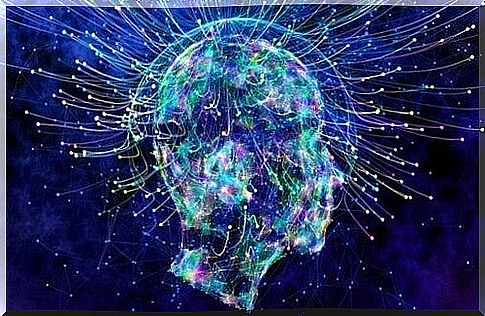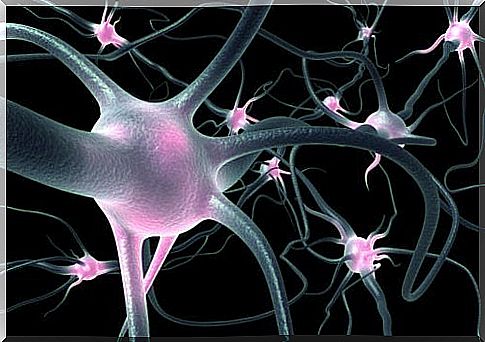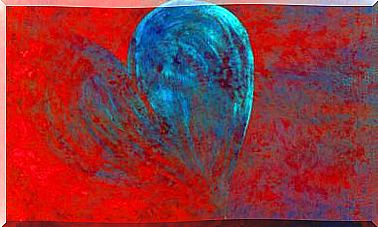OLM Cells: The Neurons That Will Help Us Treat Severe Anxiety

Neurologists call OLM cells courage neurons. In recent months, scientists have found that when this type of hippocampal cell is stimulated, the sense of threat and restlessness is reduced.
This revelation, as a result, opens the door to the possibility of creating new, more effective treatments for severe anxiety.
Dr. Sanja Mikulovic and Dr. Samer Siwani, from the University of Uppsala, Sweden, published a study in the journal Nature that, without a doubt, had a great impact on the scientific community.
Until now, it was only known that OLM cells were fundamental in the processes of memory and learning.
Located in the outermost layer of the hippocampus, they were even today those old acquaintances we used to call “guardians of memory”. However, after a series of tests and analyses, we found that we were underestimating what this type of cell could do.
It was possible to observe that when an animal is stimulated in that small area of the brain where they are housed, it is no longer afraid of its natural predators. Thus, the sense of threat is reduced and bolder and more courageous behavior begins.
Therefore, the OLM cells are no longer the guardians of memory to rise like the neurons of courage…

OLM cells and anxiety control
There are people who initiate projects and plans on an ongoing basis without experiencing an excessive fear of uncertainty. They take risks, make decisions and learn from their mistakes and successes by periodically facing challenges.
In addition, there are also profiles who resort to extreme sports, who love the feeling of risk and who need these limit tests frequently.
Between these two personality types there is a common aspect: initiative and good fear regulation. Thus, behind this type of riskier behavior would be, according to experts, the OLM cells.
Until now, it was not known (or it was not yet clear) which were the neurological mechanisms that regulated this type of decision.
The Department of Neurosciences at the University of Uppsala, Sweden, worked in collaboration with the Brain Institute of the Federal University of Rio Grande do Norte, Brazil, until reaching this discovery.
Something they were able to prove at the laboratory level is that, when this type of cell in the hippocampus is stimulated, anxiety is reduced and the feeling of risk diminishes.
So let’s see what this discovery might imply.

Adaptive Anxiety and Pathological Anxiety
To understand what OLM cells can entail, we must first understand the difference between different types of anxiety.
First, anxiety itself has an essential importance as a conditioning factor of human behavior. It is, so to speak, an indispensable survival mechanism for every living thing.
- Thus, something that characterizes us as a species is called adaptive anxiety. It is a punctual and isolated process in which the aforementioned physical and psychological mechanism helps us to respond to objective and real dangers and threats.
- In turn, pathological anxiety forms a clearly maladaptive type of mental approach. It is a chronic state in which the mind often anticipates risks that are not real. Fear is constant and the feeling of threat is permanent. They are, therefore, situations of great anguish in which the person is paralyzed in a reality that affects their quality of life completely.
OLM cells and pathological anxiety
Studies, such as the one carried out at Emory University in Atlanta, indicate that anxiety disorders are the result of changing the balance of activity in the emotional centers of the brain. Therefore, they are not related to any cognitive area.
- These changes, as a result, cause dysfunctional states that, in many cases, require pharmacological treatment in which side effects are frequent.
- Therefore, the discovery of OLM cells and their involvement in reducing the sensation of fear and anguish is a breakthrough. The goal is not to stimulate this type of neuron and lead the patient to initiate risk-oriented behavior.
- By stimulating the OLM cells we could, above all, reduce the paralyzing anxiety, that constant feeling of threat and anguish that cuts the wings of the patient’s life.
- We would be able to recover a state of mind in which we feel more secure and with a greater capacity for control.

On the other hand, it is worth remembering that the anxiolytics we currently use have an impact on the entire brain. So, if we could develop a drug that works exclusively on this type of cell, we would eliminate any side effects.
As we see, the hope provided by this discovery is immense. Also, the good news is that it was also possible to see that OLM cells are sensitive to nicotine. Therefore, there is certainty that they can be controlled pharmacologically.
We will await further progress on this issue…








